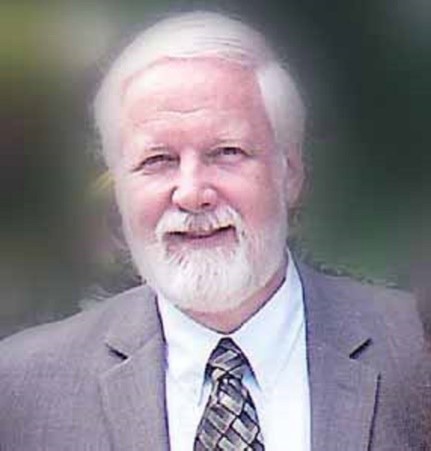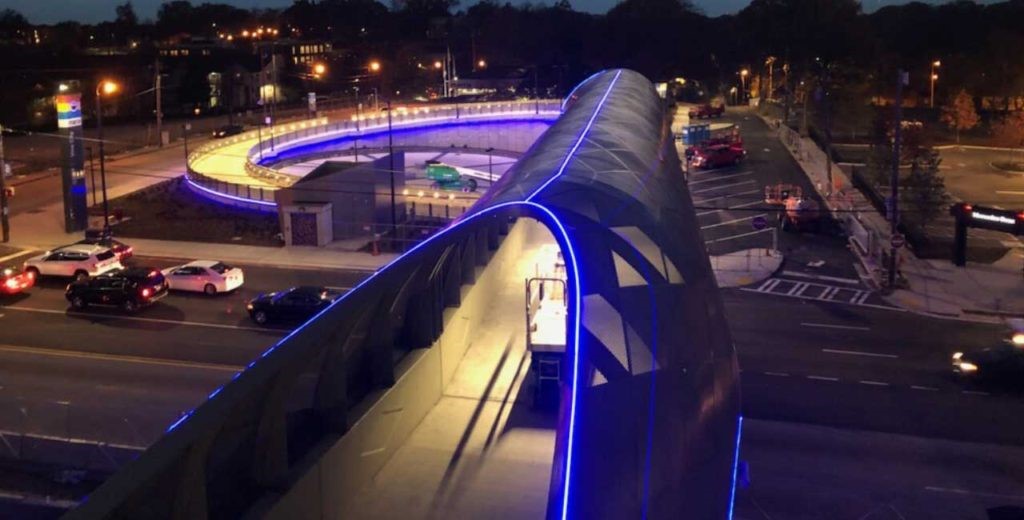Interview Series
Roadway lighting done right can make a positive difference to our lives and the environment. Our three-part interview with roadway lighting experts Rick Kauffman, Joe Hancock and Suzanne Lansford explores the challenges, best practices and myths associated with roadway lighting and designing wildlife-sensitive exterior lighting.
This is Part 1 of a 3-Part Interview Series. Click here to read part 2
Meet the Expert

Rick Kauffman, FIES, Chief Manager, Kauffman Consulting, LLC | Senior Lighting Designer, Wi-Skies, LLC
https://wi-skies.com | Senior Lighting Designer, Town Lighting Engineers www.townlighting.com
What is your niche area of expertise? What drew you to it?
Roadway Lighting – because I realized that by designing high quality, low glare lighting for roadways, nighttime crashes can be reduced and save lives. This has been an opportunity to make a positive difference.
Tell us about the mentors and other factors that helped you in your career.
After I joined the IES Roadway Lighting Committee the Ancient Masters there taught me about roadway lighting.
How did you start your lighting career?
The company I was working for was put out of business by foreign competition. An engineer that had been in my group told his boss about me, and I was contacted about an opening at a lighting company.
On the first day of my lighting career, my new boss was doing technical sales training. He told me to pay close attention because I would be doing the training the next day. I have been paying close attention ever since. That was 34 years ago.
What is your advice for professionals interested in lighting or roadway lighting in particular?
Join the IES or other professional organizations in your area of interest where you can network and work on standards with the current experts. Soon you will be one.
Also, specialization is good, but diversification will get you through the economically difficult times. When times get really bad, find something to sell.
Tell us about a professional accomplishment you are proud of.
I am listed as the inventor on more than 20 patents related to roadway lighting products. I like also being an inventor. Two of my streetlighting designs won DOE NGL Best of Class in Streetlighting awards in 2010 and 2013.
Roadway Lighting Insights
What are the top myths you have encountered around roadway lighting?
Myth 1: “Streetlighting can cause adverse health effects in humans.” Recent research has debunked this claim by demonstrating that it is neither intense enough nor of a sufficient exposure duration to cause any adverse health effects. Research has also shown that watching TV or smart phone use after dark can cause more harm than streetlighting.
Myth 2: “Streetlighting can reduce crime” – though some people question my view, there are studies to support it. The exception may be in remote areas that are lighted with no human presence or other means of surveillance.
Myth 3: “Roadway lighting is the major contributor to skyglow.” This is not true. Studies show that most skyglow comes from community parks where sports lighting is used at night. Other contributors are façade lighting from buildings and bridges.
Myth 4: “Streetlighting causes obesity.” While obesity is more concentrated in urban centers with more streetlighting, so are people. Obesity is caused by overeating, among other factors. My opinion is that overeating is caused by the stresses of urban life and easy access to food products loaded with fat and sugar. After all, a balanced diet is a cookie in each hand!
How do you approach a roadway lighting project that balances human safety with sensitivity to wildlife?
Once local jurisdictions zone land for commercial, industrial, or residential use, the nighttime lighting requirements are set. Our job is then to design it to facilitate good visibility and minimize any disruptive effects. Keep in mind that lighting that helps pedestrians also benefits wildlife. Sea turtles are a special case and require special techniques to assist them and people.
What are your top recommendations for roadway lighting that take wildlife into consideration?
- Don’t over light. Use what is needed for safety and security.
- Minimize upward light through good luminaire selection. 2-3% direct upward light from a luminaire is less detrimental to the environment than 10-20% reflected from the pavement or ground cover from too much light being directed straight downward from the luminaire.
- Get the project stakeholders involved early. Learn their priorities and educate them on what good lighting consists of. Be prepared for troublemakers who will cite bad research.
What is an example you can think of for roadway or street lighting done right?
The City of Kansas City, MO (KCMO) is one of the best lighted cities in the world. They have implemented streetlighting with excellent uniformity, low glare, and very low skyglow effects.
What are some changes you would like to see in the lighting industry or in your area of work?
Better compensation. Most lighting manufacturers don’t pay that well compared to other industries.
I would like to be able to buy lighting systems with 100% U.S. content. Too many good American jobs have been lost to foreign concerns.
Could you share your LightFair experience?
As an attendee, I think LightFair offers good networking opportunities. I like to see the new products on the market. There are some useful courses and workshops.
As a presenter, I like to hear from attendees their needs and challenges. I like to spend some time at the beginning of my session getting to know those attending so I can then customize the content accordingly.
If you hadn’t been in lighting…
Originally, I planned to be a jet fighter pilot in the USAF. My sophomore year of college, The US pulled out of Vietnam and didn’t need any more pilots. That year I got an offer from TVA to be a power generation engineer at a new nuclear facility they were building near Nashville. The incident at Three Mile Island ended that opportunity. After graduation, I designed tools and machinery, then small appliances and microwave ovens. After these products went offshore, I landed in Lighting in 1988 designing luminaires and have been there ever since. Once Lighting gets in your blood…
Click here to learn more about the lighting solution for the pedestrian bridge adjacent to the Atlanta Falcons/Mercedes-Benz Stadium in Atlanta.
Did you like this interview? Do you have an interesting take on this topic? Tell us in the comments.

